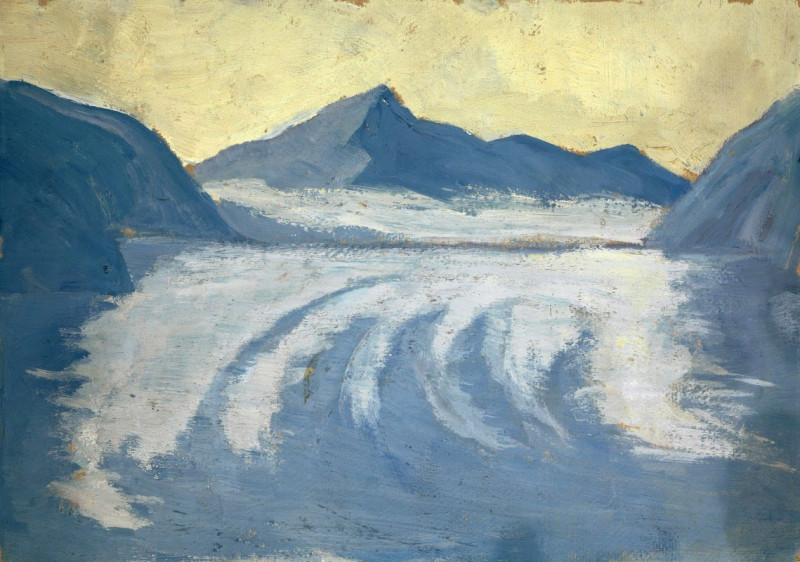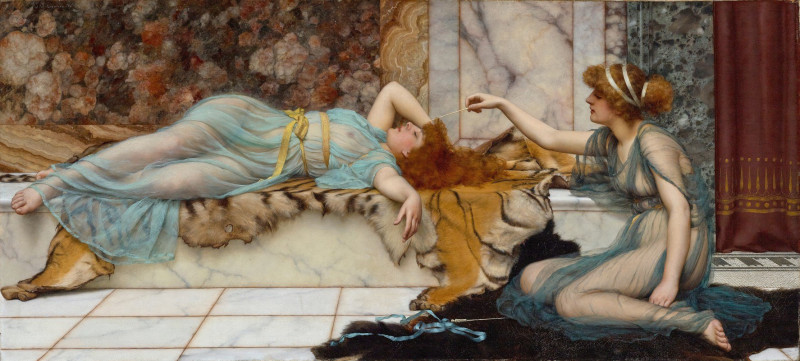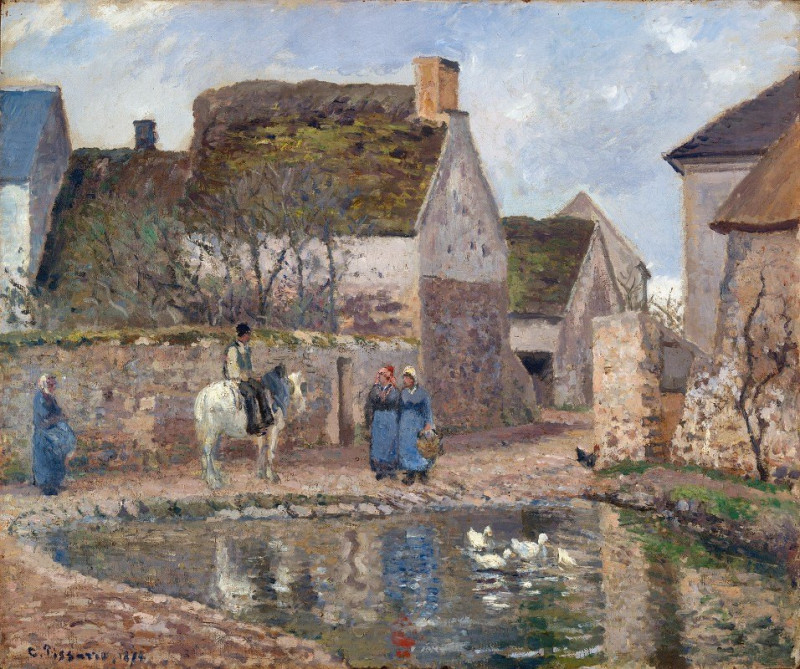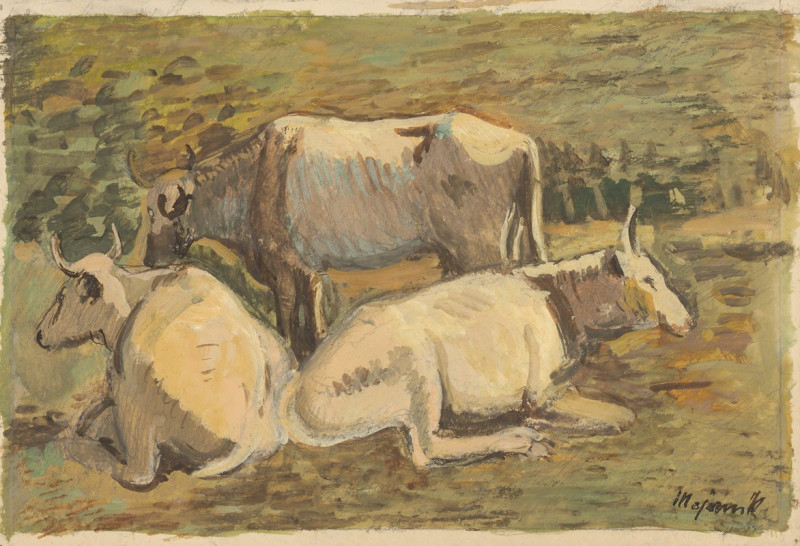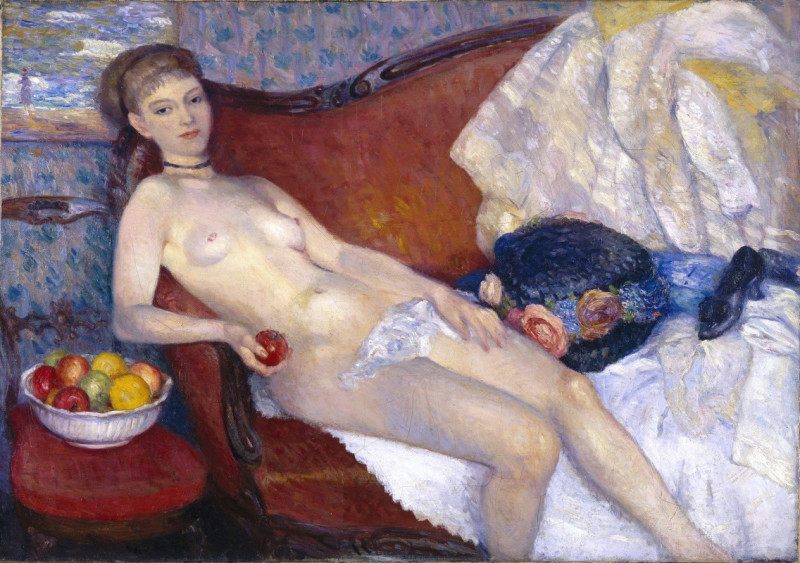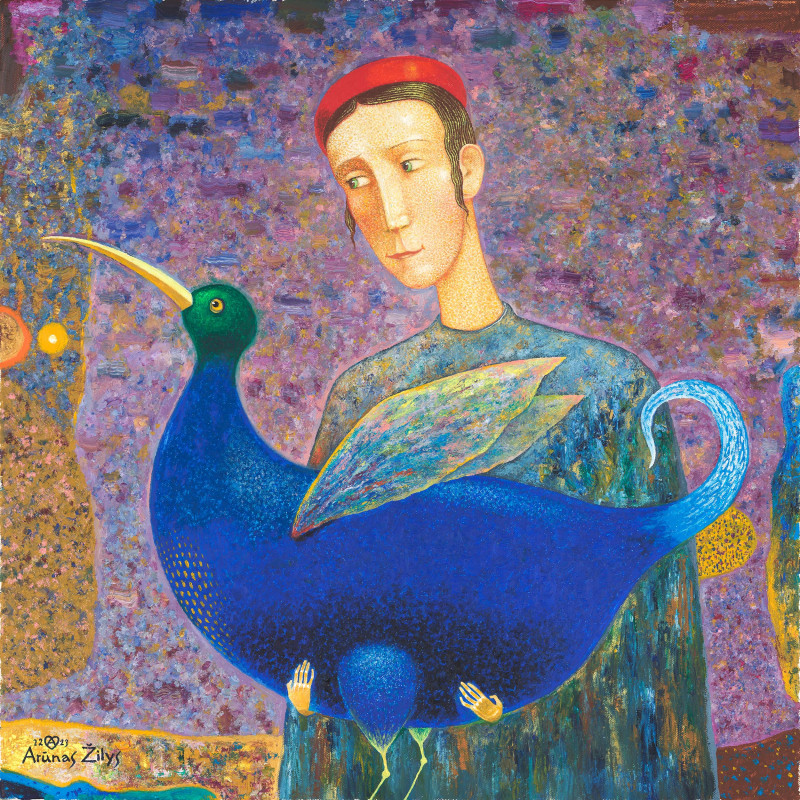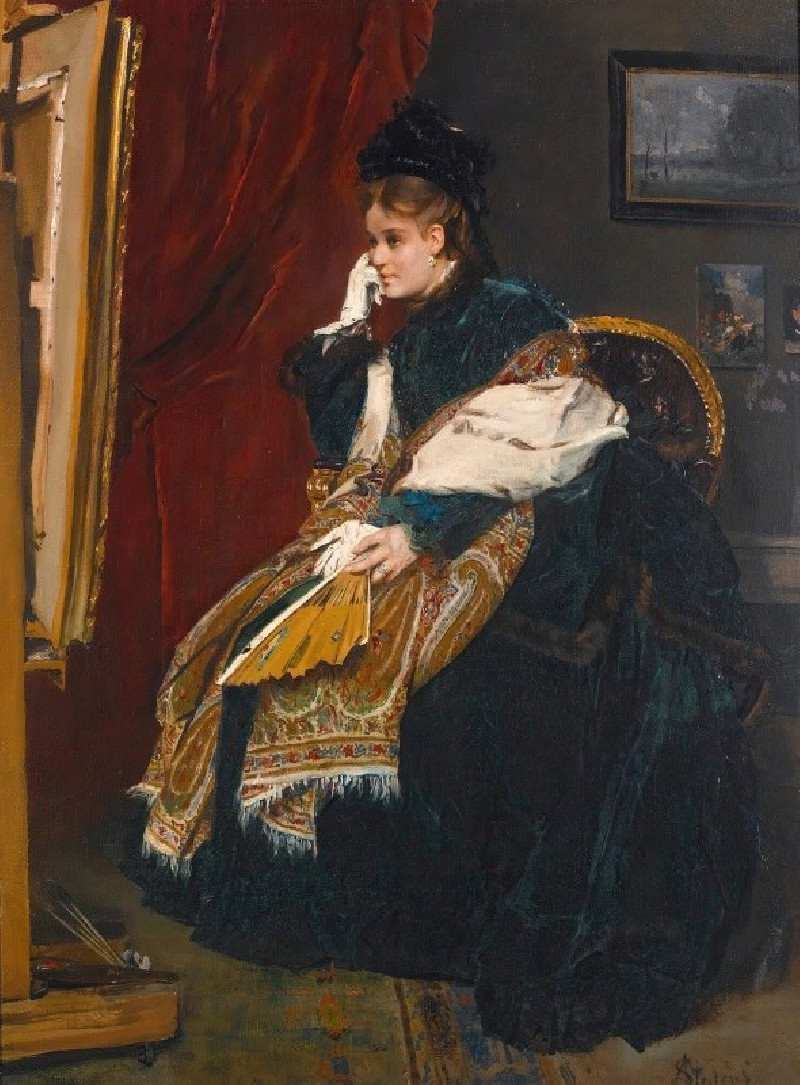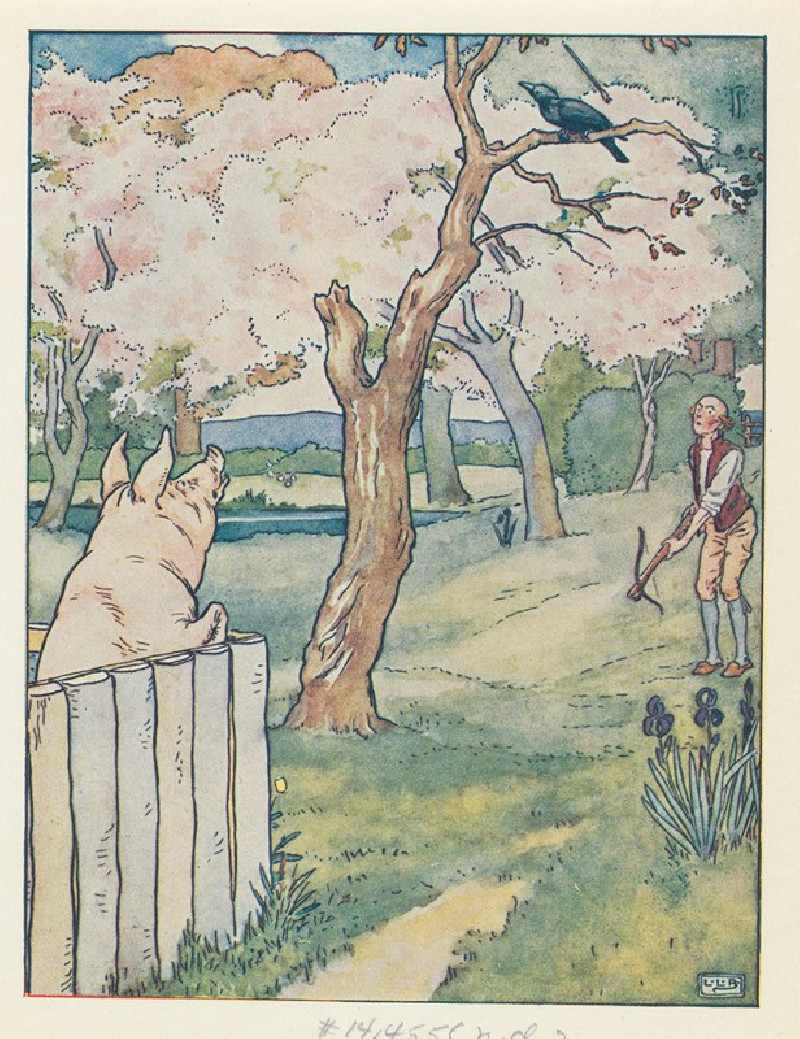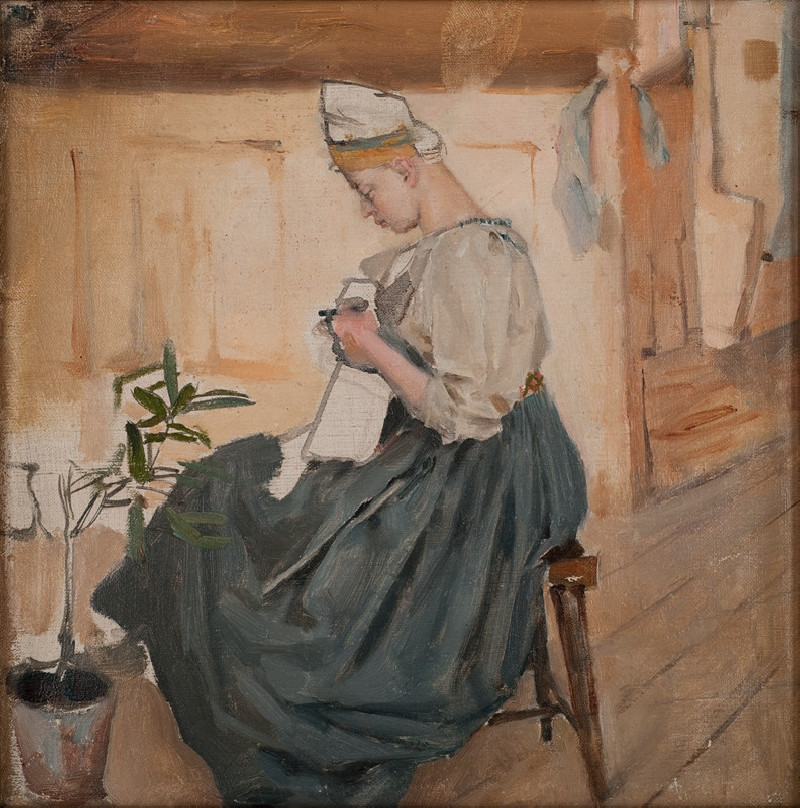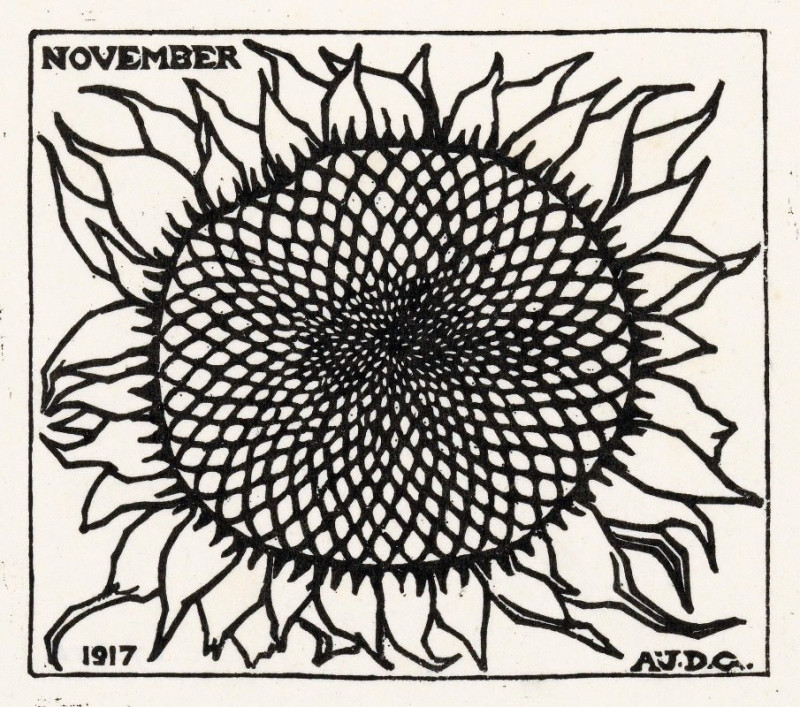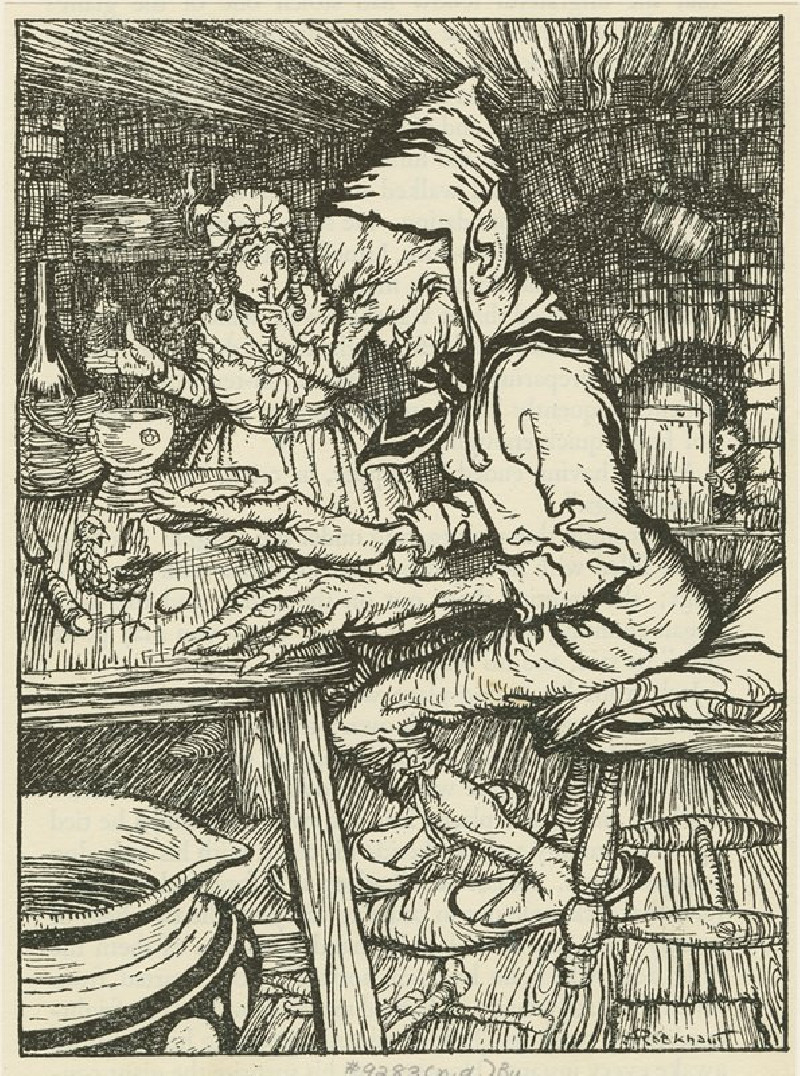Melancholy II (1898)
Technique: Giclée quality print
Recommended by our customers
More about this artwork
"Melancholy II" by Edvard Munch, created in 1898, portrays a deeply atmospheric and emotionally intense scene that engages with themes of solitude and melancholy. In the foreground, a figure is seen in a somewhat pensive or sorrowful pose, their outline blurred and melded into the soft edges of the print, giving a sense of both presence and detachment. The figure is framed against a stark, contrasting backdrop featuring a dark shoreline and an expansive, high-contrast sky or sea. The colors are quite subdued with a dominant use of black and altering tones of red, which may symbolize deep emotional or psychological states.The isolation of the figure and their contemplative stance against nature’s vastness might suggest feelings of loneliness or introspection. The rough, textured quality of the print adds to the overall mood of unrest and turmoil. Munch’s skill in using the lithographic technique is evident in how effectively mood and emotion are conveyed through simple yet powerful visual elements. This work is a poignant exploration of human emotion, a theme recurrent in Munch’s oeuvre, capturing the existential angst and introspection that characterize much of his art.
Delivery
Returns
Edvard Munch (12 December 1863 – 23 January 1944) was a Norwegian painter. His best known work, The Scream (1893), has become one of Western art's most iconic images.
His childhood was overshadowed by illness, bereavement and the dread of inheriting a mental condition that ran in the family. Studying at the Royal School of Art and Design in Kristiania (today's Oslo), Munch began to live a bohemian life under the influence of the nihilist Hans Jæger, who urged him to paint his own emotional and psychological state ('soul painting'); from this emerged his distinctive style.

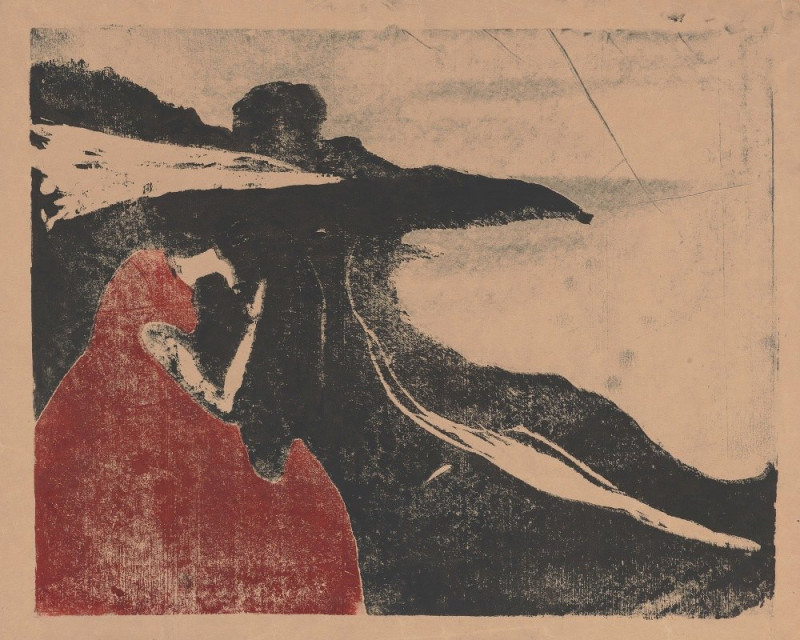

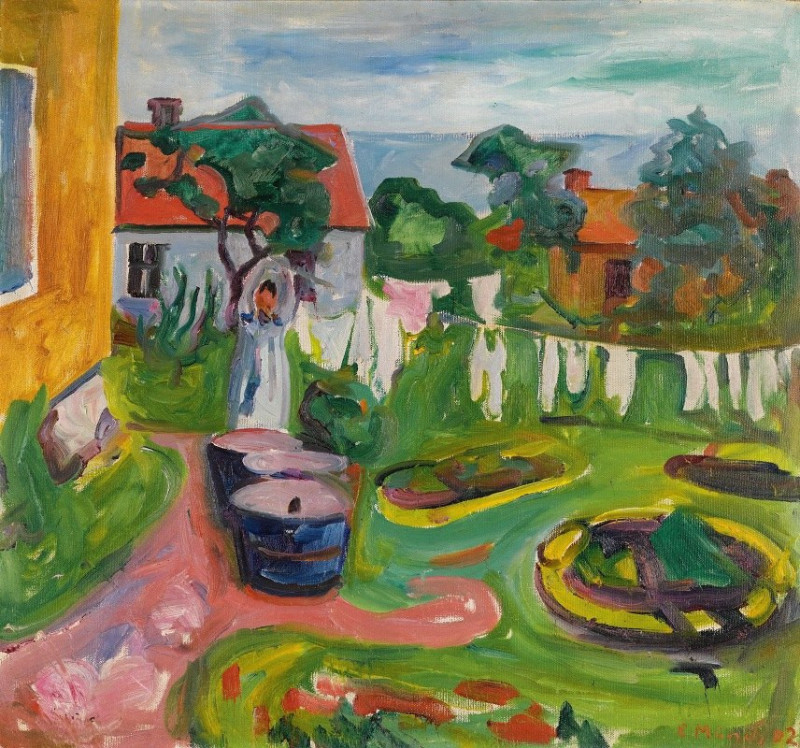
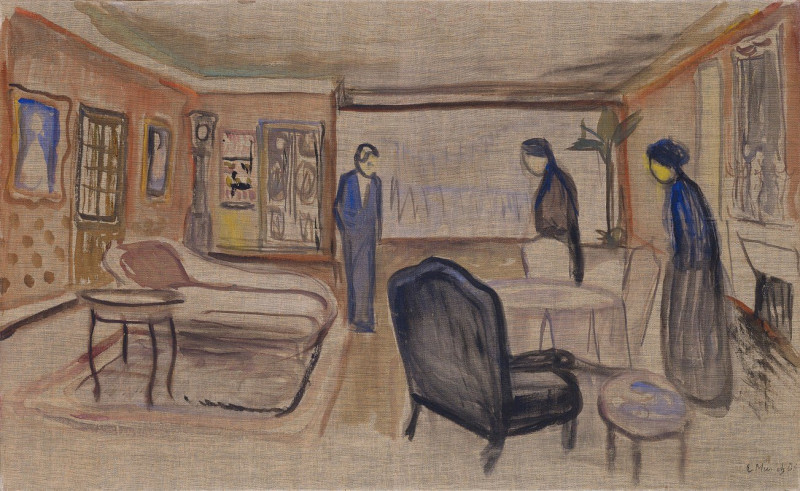

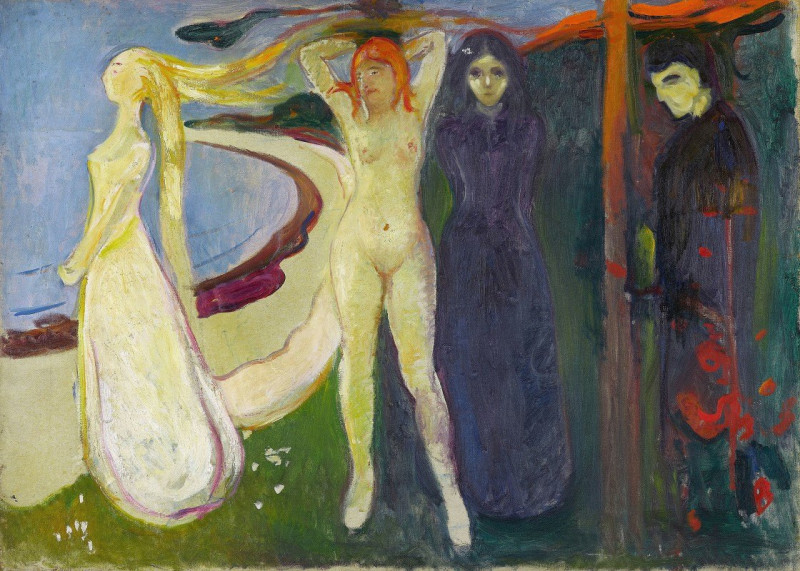


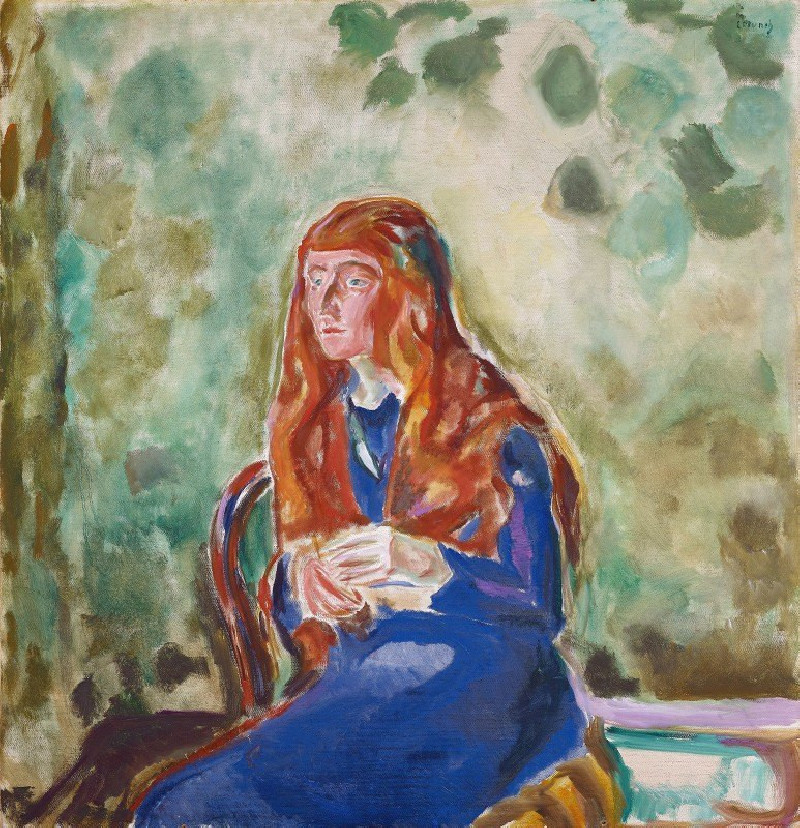

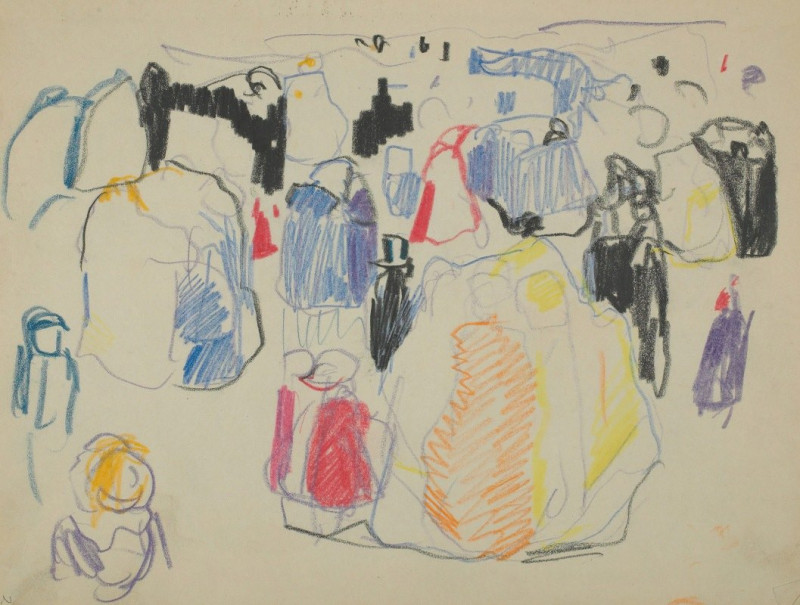
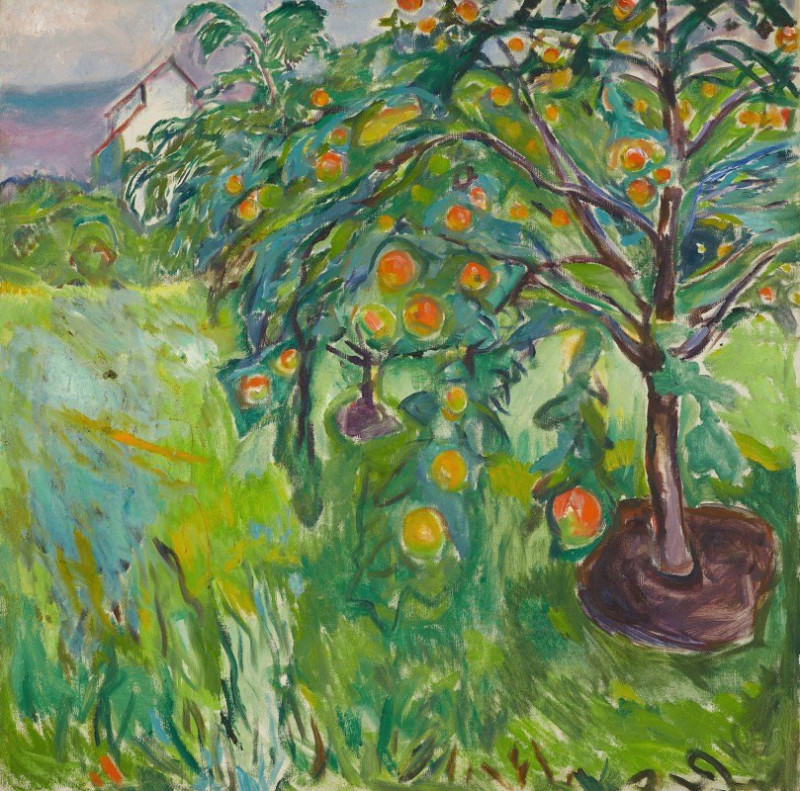
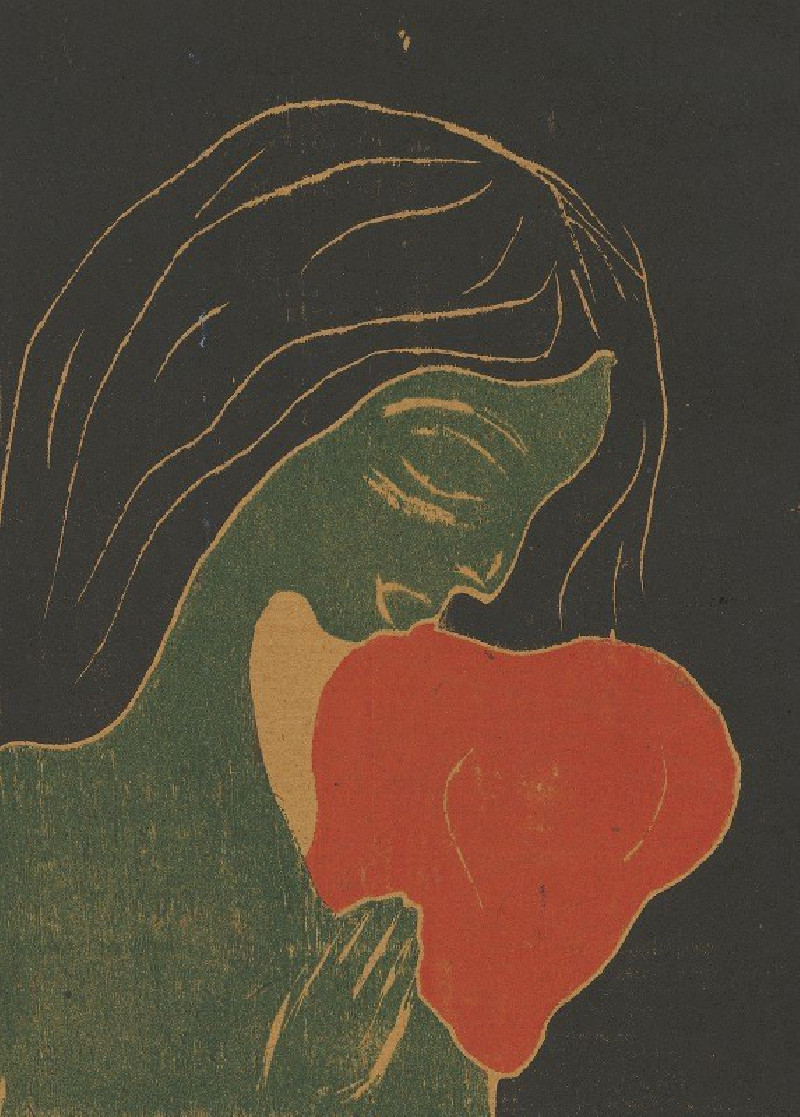

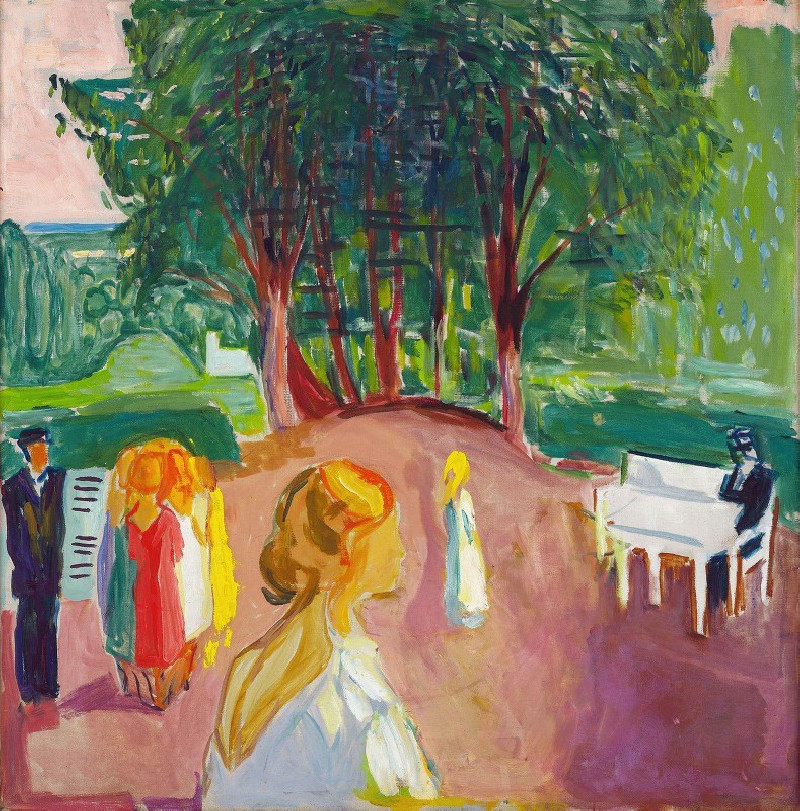
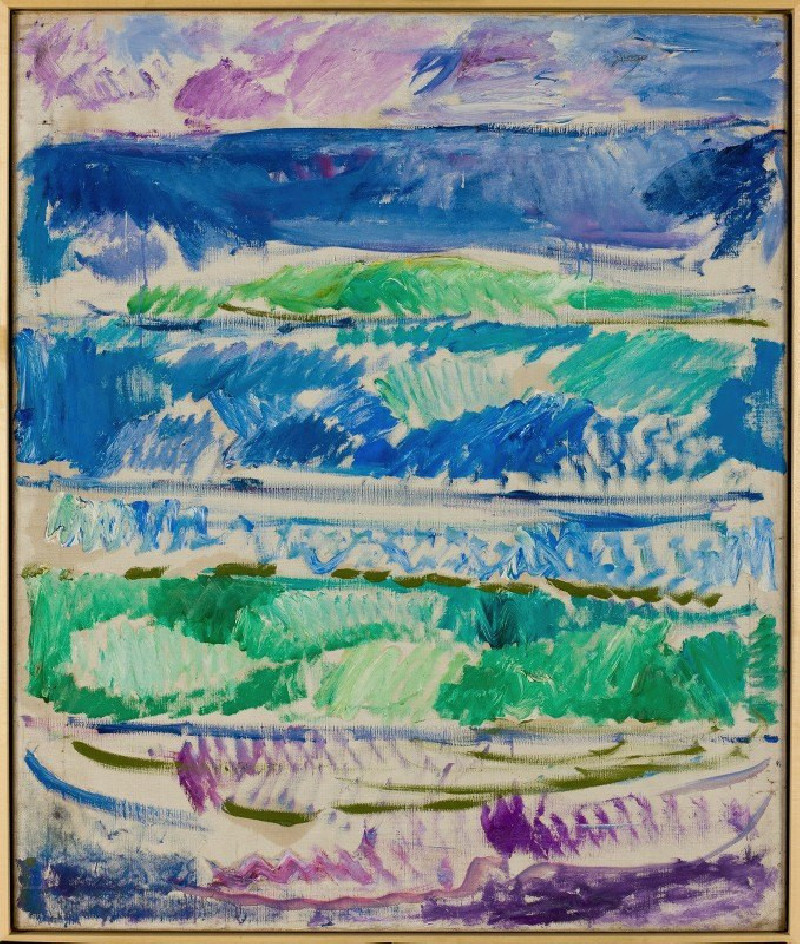

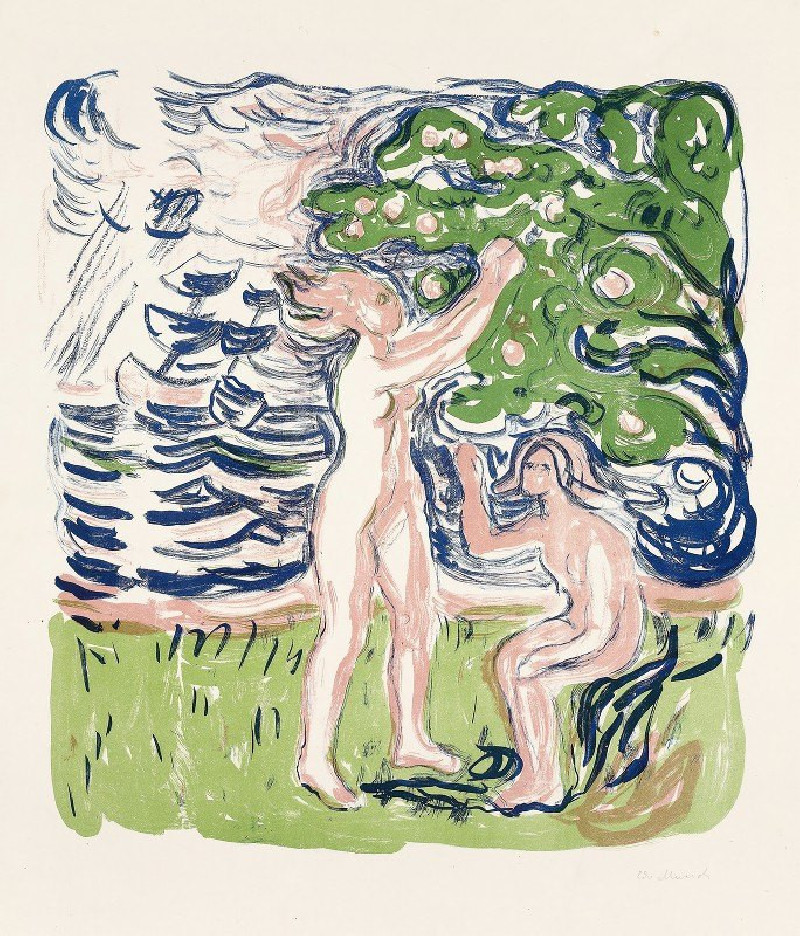
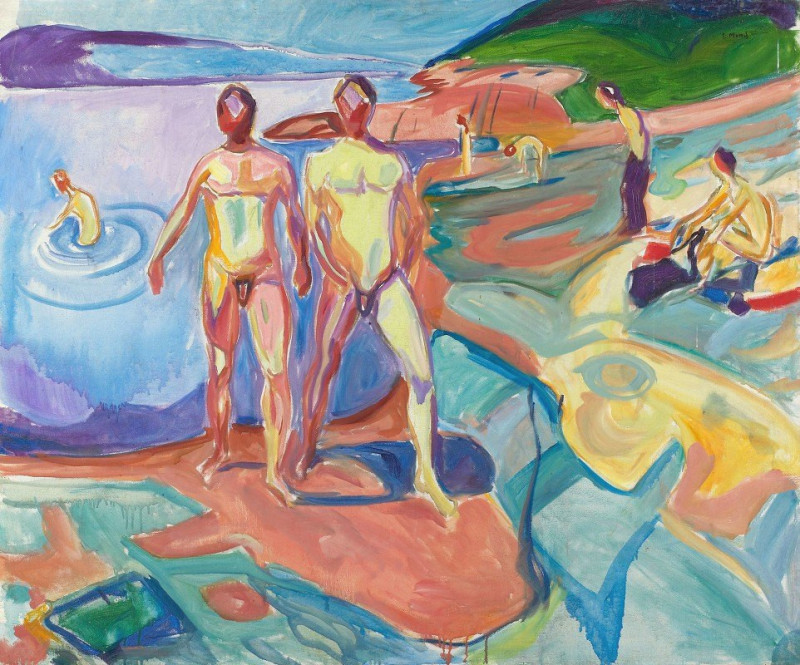
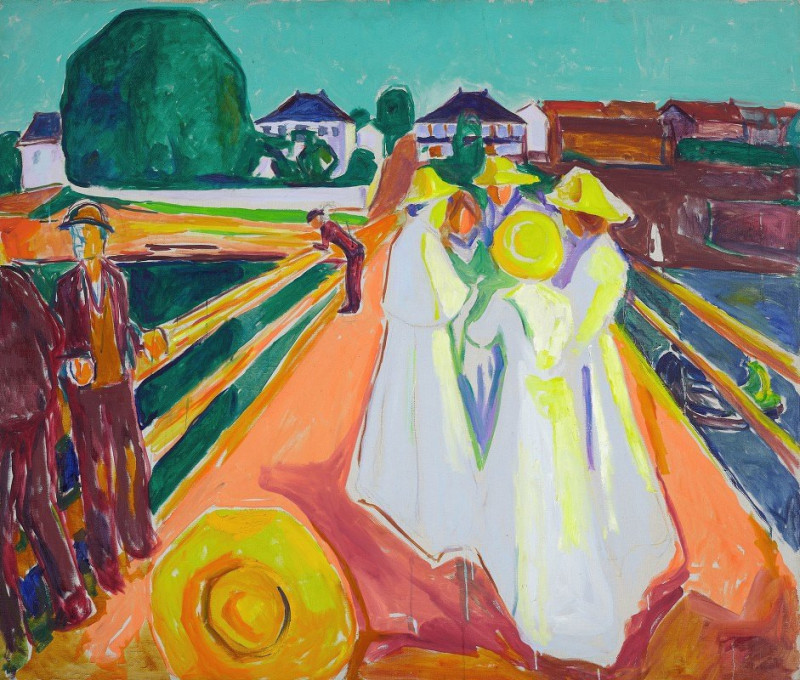
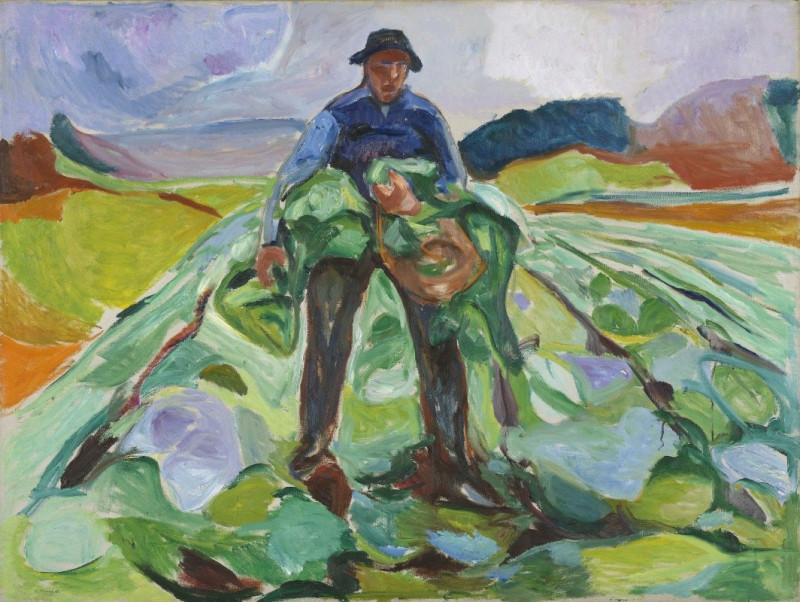
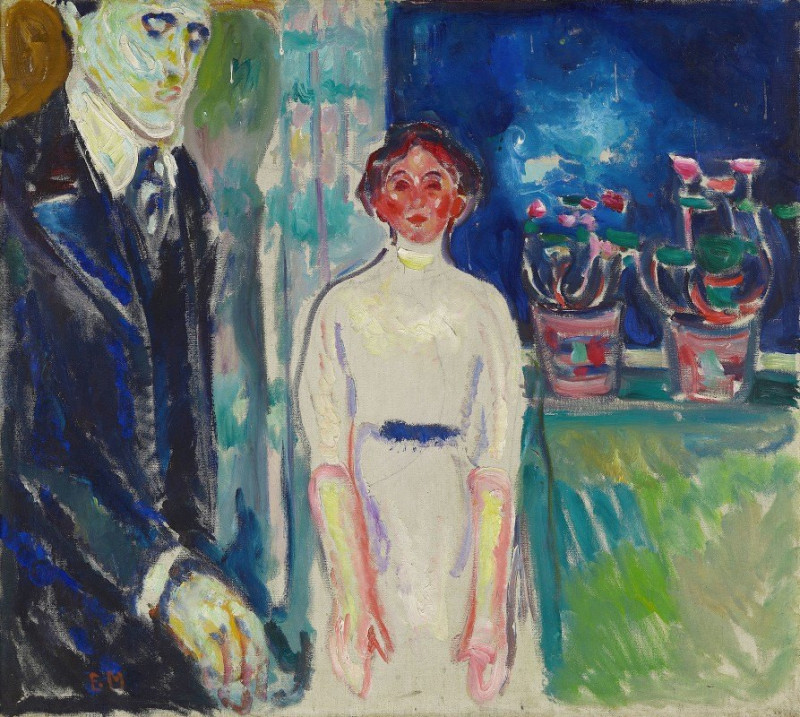

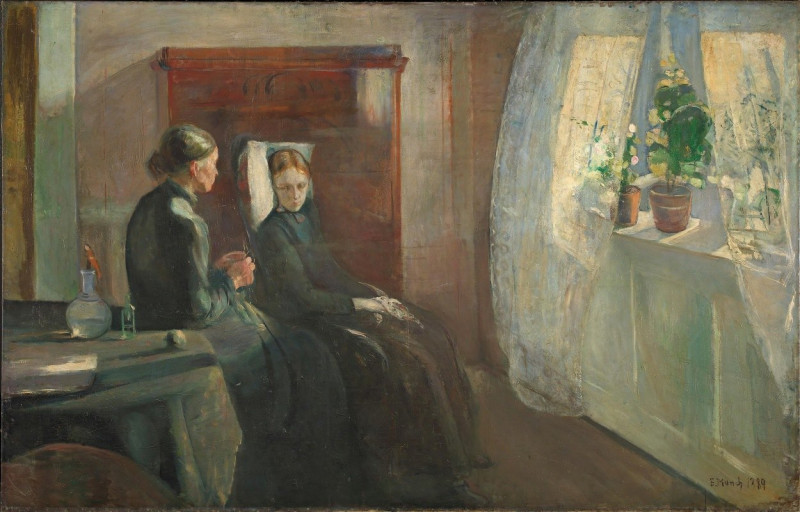

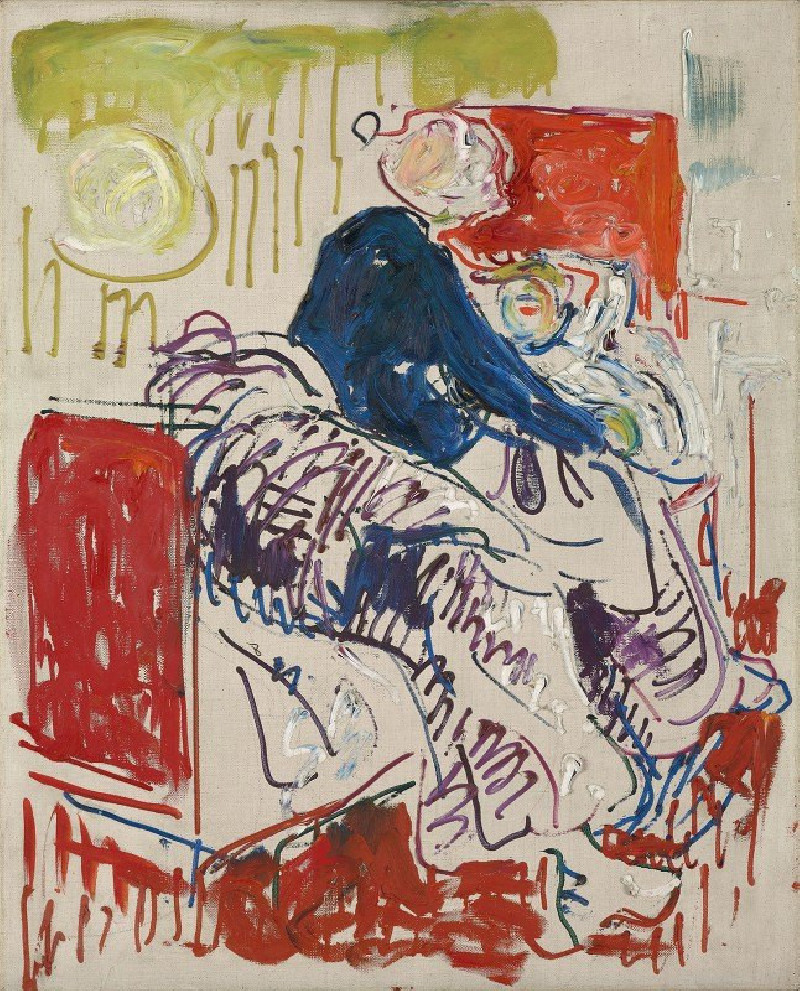
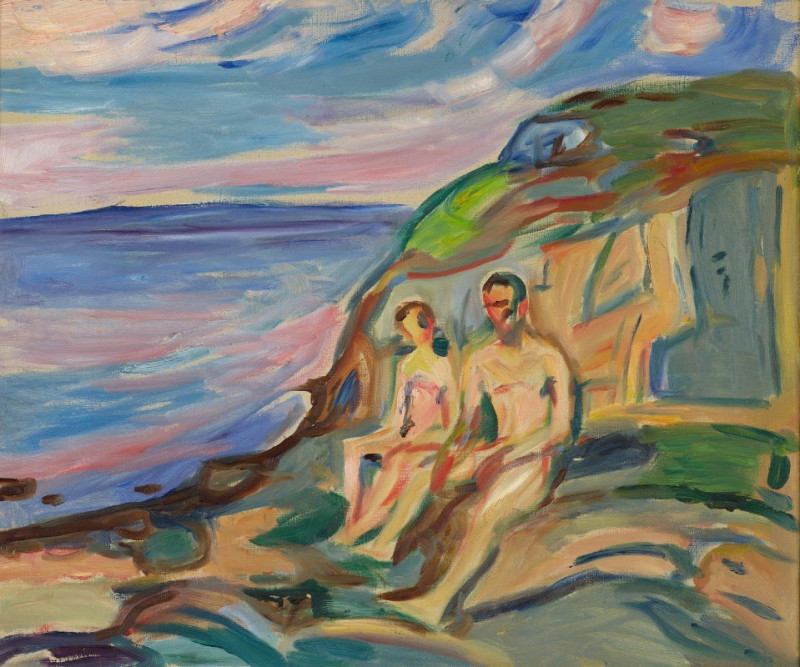
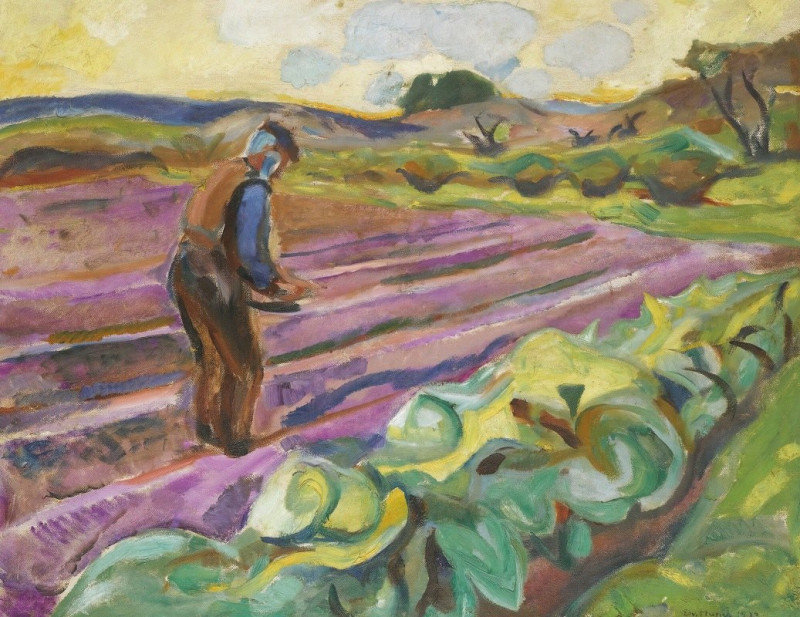


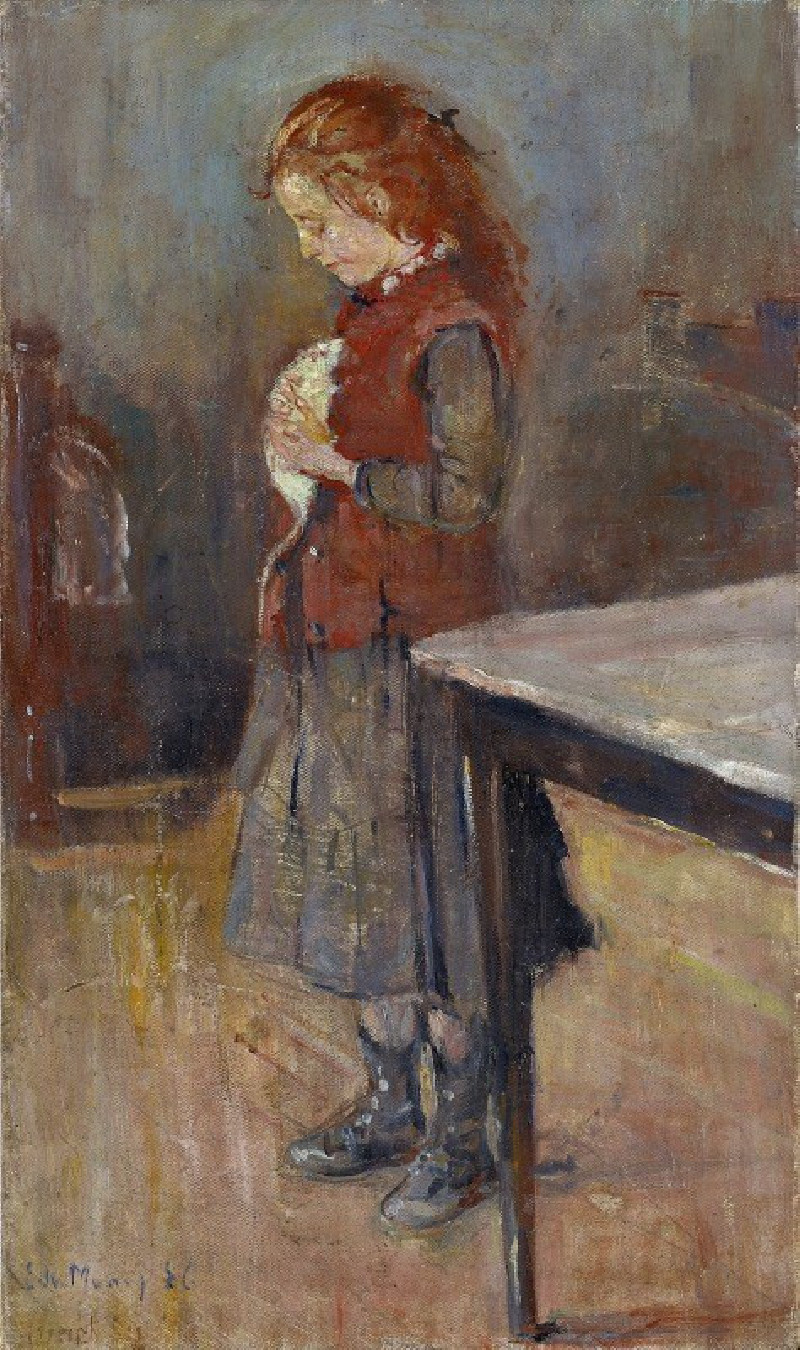
![Dendera [Dandara]. Dec. 7th, 1838. (1846-1849) reproduction of painting by David Roberts. ALL GICLEE PRINTS](https://reprodukcijos.lt/39154-large_default/reproduction-of-dendera-dandara-dec-7th-1838-1846-1849.jpg)
